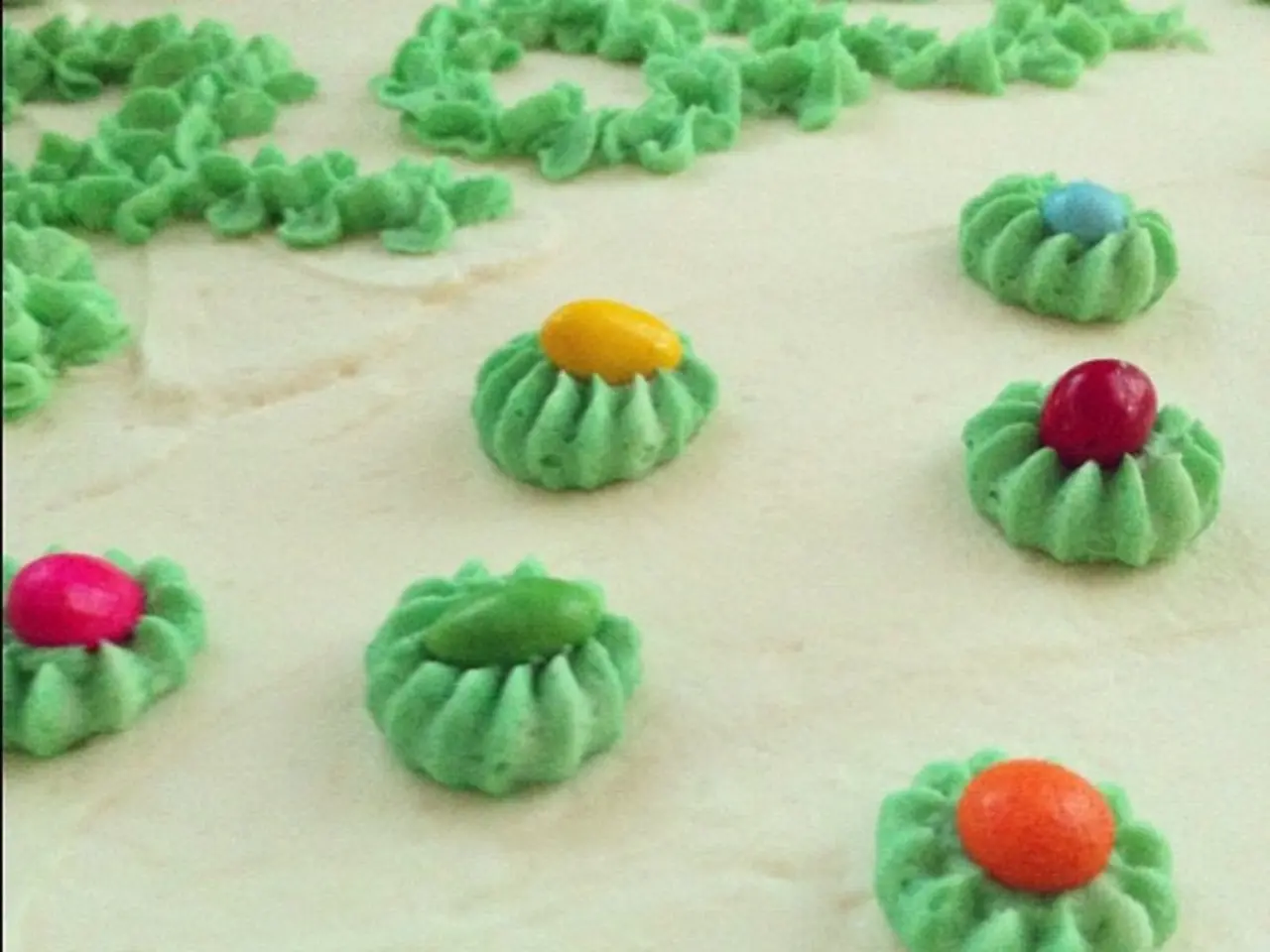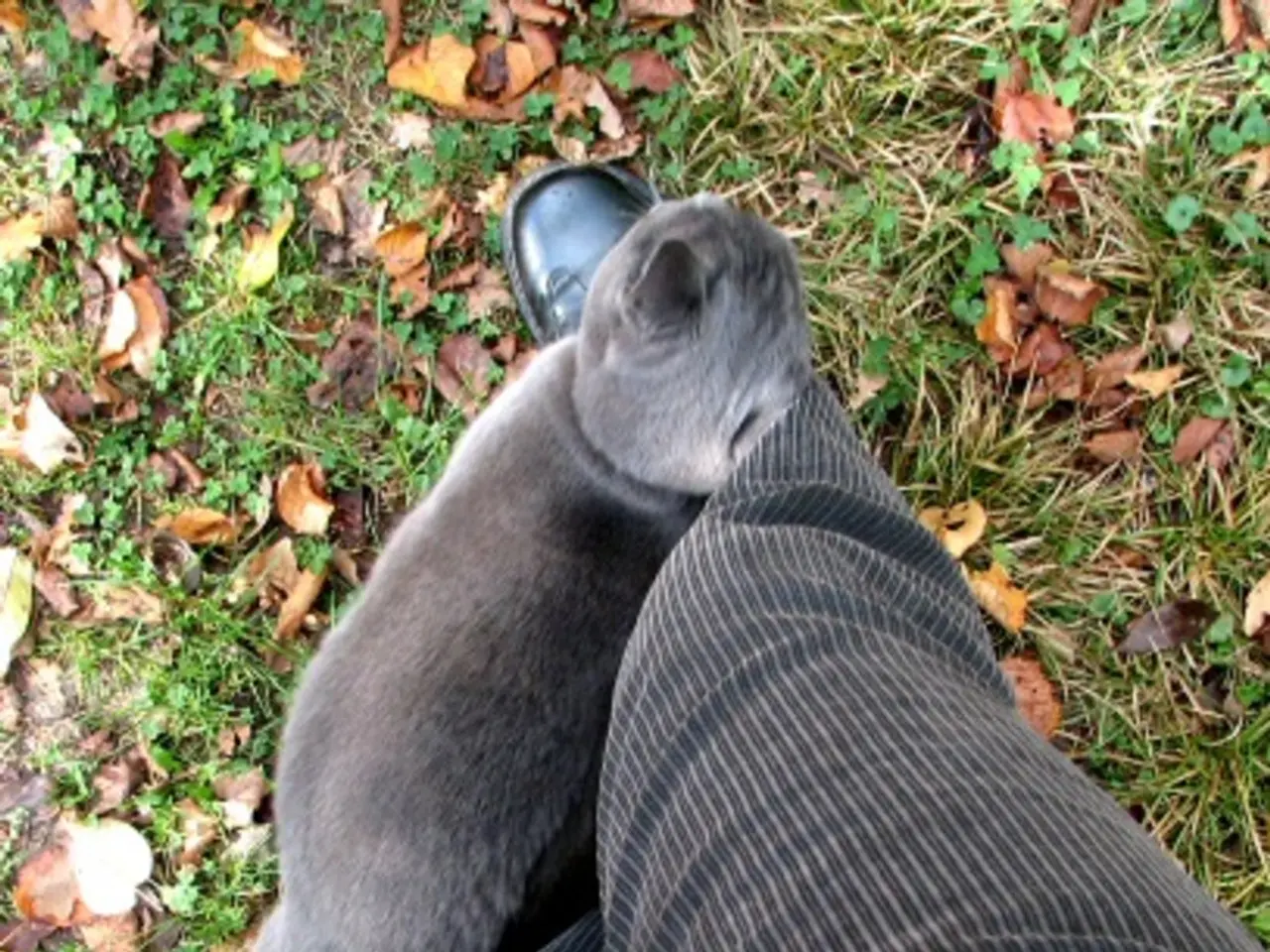Is it safe to dye your hair if you have sensitive skin?
For people with allergies to Paraphenylenediamine (PPD), a common ingredient in many permanent hair dyes, the search for an alternative can be a challenge. However, there are several options available that avoid PPD and harsh chemicals, making them safer for those with dye allergies.
Natural and Semi-Permanent Options
Plant-Based Permanent Dyes
Brands like Khadi and Phyto offer permanent hair color options that are formulated without PPD and ammonia. Khadi uses Ayurvedic ingredients that nourish hair, while Phyto has over 90% natural origin ingredients and avoids PPD, resorcinol, and harsh chemicals, making it a gentler permanent dye option for sensitive scalps.
Henna
Henna, a traditional natural dye, is free of PPD. It coats the hair temporarily without chemically altering the hair structure, but its color results can be unpredictable, less lasting, and application times are long (often several hours to overnight).
Semi-Permanent Direct Dyes
Brands like Manic Panic offer PPD- and ammonia-free, vegan, and cruelty-free options. These dyes provide bold colors without the chemical risks of permanent dyes, but they do not last as long and require more frequent reapplication.
Ammonia-Free Permanent Dyes
Ammonia-free permanent dyes, such as Inspired By Nature, use natural oils and extracts to provide permanent hair color with less irritation potential. However, they may still involve some chemical processes and require patch testing to avoid reactions.
Other Options
Other alternatives include haircolor supplements or herbal remedies like Brahmi and Amla. These work more gradually and are less reliable for instant color changes.
In summary, the safest alternatives for individuals allergic to PPD are plant-based permanent dyes without PPD (like Phyto or Khadi), natural henna-based dyes, and PPD-free semi-permanent dyes such as Manic Panic. Ammonia-free permanent dyes may also be considered but require caution due to possible irritation. Each alternative varies in terms of color longevity, application complexity, and predictability of results. Patch testing before use is recommended to ensure safety.
It's important to note that temporary dyes and rinses are generally safe for people with dye allergies. However, some semi-permanent dyes may cause a reaction in people with dye allergies. To avoid allergic reactions, it's best to avoid the allergen that causes it, such as PPD in hair dyes.
Over-the-counter products like calamine lotion and cortisone creams can help manage symptoms of allergic reactions to hair dyes. If you experience any symptoms, consult a healthcare professional for advice.
[1] Khadi Hair Color: https://www.khadi.net/hair-care/hair-color/ [2] Phyto Hair Color: https://www.phyto.com/en-us/hair-care/hair-color [3] Manic Panic Hair Dye: https://www.manicpanic.com/ [4] Inspired By Nature Hair Dye: https://inspiredbynature.com/ [5] Henna: https://en.wikipedia.org/wiki/Henna
- For those seeking health-and-wellness alternatives in skin-care, looking after their skin conditions, natural henna can be a safe choice as it is free of PPD and temporarily coats the hair without chemically altering its structure.
- Science has seen advancements in medical-conditions treatment, including ammonia-free permanent hair dyes that use natural oils and extracts, offering a less irritating option for people with skin-conditions, such as scalp irritations.
- To ensure comprehensive health and wellness, consider the health-and-wellness benefits of selecting skincare products that avoid harsh chemicals and artificial ingredients, like plant-based permanent dyes that nourish hair and offer medical-condition-friendly options, such as Phyto and Khadi.




